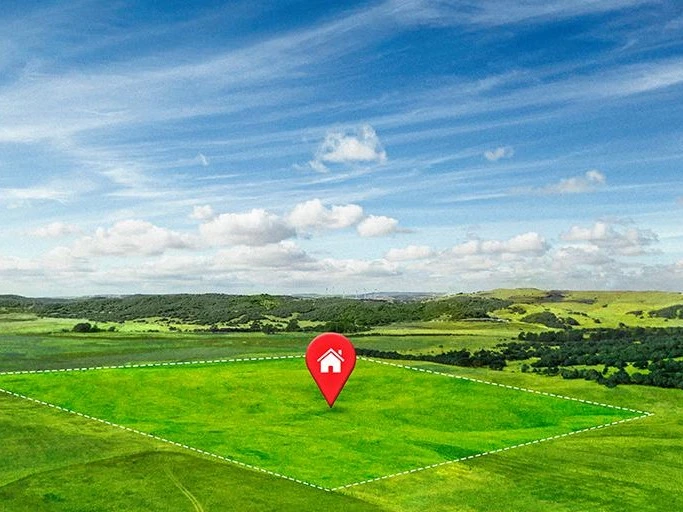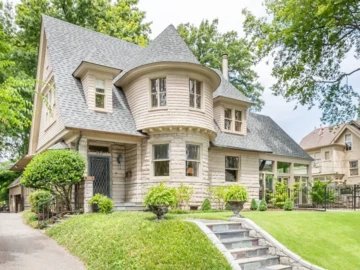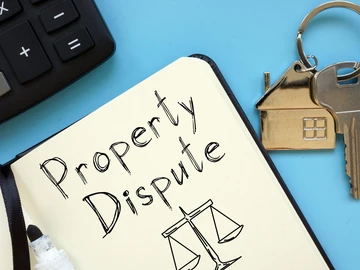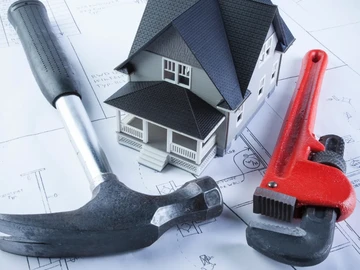Buying a stand (plot of land) is one of the most important investments in Zimbabwe. Whether for building a home, starting a business, or long-term investment, conducting due diligence can save thousands of dollars and prevent legal disputes.
2025 Market Stats:
- Average urban stand size: 500–1,000 m²
- Average price in Harare: US $25,000–$120,000 depending on location and amenities
- Stand purchases account for 30% of residential property investments in urban Zimbabwe
This guide outlines what to check before buying a stand, including legal, municipal, and physical considerations.
1. Legal Considerations
A. Verify Title Deed or Ownership Documents
- Ensure the seller has a valid, original title deed or lease agreement.
- Check for registered bonds, cessions, or disputes at the Deeds Office.
- If the stand is in a resettlement or communal area, confirm government approval.
B. Check Zoning and Land Use Regulations
- Confirm the stand is zoned for your intended purpose (residential, commercial, industrial).
- Urban councils often have restrictions on building height, density, and plot coverage.
C. Investigate Restrictions or Servitudes
- Servitudes may affect where you can build (e.g., power lines, drainage, right-of-way).
- Caveats or legal restrictions may limit property use or resale.
D. Confirm Government or Developer Approvals
- If buying from a developer, verify that the stand is legally subdivided, surveyed, and approved by local authorities.
- Ensure municipal plans allow for connection to water, electricity, and sewer networks.
2. Physical and Environmental Checks
A. Site Accessibility
- Confirm access roads are public or legally maintained.
- Ensure the stand is accessible during the rainy season (important in rural or peri-urban areas).
B. Utilities and Services
- Check availability of ZESA electricity, water, sewer, and garbage collection.
- Unserviced stands may require additional investment to connect utilities.
C. Topography and Soil Quality
- Avoid flood-prone or swampy areas.
- Conduct a soil test if planning to build; poor soil may increase construction costs.
D. Security and Neighborhood Assessment
- Inspect the area for safety, lighting, and neighboring developments.
- Research local crime statistics and community structures.
3. Financial Considerations
A. Purchase Price vs Market Value
- Compare prices of similar stands in the area.
- Avoid overpaying for undeveloped or poorly serviced plots.
B. Additional Costs
- Legal fees (1.5–3% of purchase price)
- Transfer fees and stamp duty (2–4%)
- Municipal rates and utility connections (US $200–$1,000 depending on location)
- Surveying or boundary marking fees (US $100–$500)
C. Financing Options
- Stand purchases are often cash transactions, but some banks offer loans for urban stands.
- Foreign buyers must comply with Reserve Bank foreign currency regulations.
4. Step-by-Step Checklist Before Buying a Stand
|
Step |
Task |
Notes |
|
1 |
Verify ownership documents |
Title deed, lease, or developer approval |
|
2 |
Check zoning & land use |
Ensure intended purpose is allowed |
|
3 |
Investigate servitudes & restrictions |
Right-of-way, power lines, caveats |
|
4 |
Inspect utilities & services |
Water, electricity, sewer, garbage |
|
5 |
Evaluate accessibility & roads |
Public access and condition of roads |
|
6 |
Assess topography & soil |
Avoid flood zones, test soil if building |
|
7 |
Check security & neighborhood |
Crime, lighting, neighbors, future developments |
|
8 |
Confirm financial obligations |
Transfer fees, legal fees, municipal rates |
|
9 |
Consult professionals |
Conveyancer, surveyor, real estate agent |
|
10 |
Negotiate & sign Agreement of Sale |
Include contingencies for approvals and services |
Red Flags to Watch For
- No title deed or incomplete documents – Avoid buying until verified.
- Unauthorized developments nearby – May affect property value or future use.
- Flood-prone or swampy land – Could increase construction costs and risk.
- Unserviced plots without utility access – Check cost and feasibility of connection.
- Conflicting boundary lines – Confirm with a registered surveyor to avoid disputes.
Practical Examples
Example 1: Urban Stand Purchase
- Buyer wants a 600 m² stand in Avondale, Harare.
- Verified title deed, utility availability, and municipal approvals.
- Paid US $40,000 plus 7% in fees and taxes.
- Ready for construction with immediate access to water and electricity.
Example 2: Rural or Peri-Urban Stand
- Stand in Chitungwiza, 800 m², unserviced.
- Buyer budgets US $15,000 purchase plus US $3,000 for utilities and road access improvements.
- Conducted soil test to ensure suitability for house construction.
Tips for Buyers in 2025
- Always engage a registered conveyancer to verify legal ownership and lodge the transfer.
- Consider future developments, such as roads, shopping centers, or schools, which can affect stand value.
- Negotiate contingencies in the Agreement of Sale to ensure developer or seller provides promised services.
- Check if the stand falls under a community or resettlement scheme, which may have special rules.
- Keep copies of all correspondence, approvals, and payments for legal protection.
Summary
Buying a stand in Zimbabwe requires careful legal, physical, and financial due diligence. Key steps include:
- Verify ownership and approvals
- Check zoning, restrictions, and servitudes
- Inspect utilities, access, topography, and security
- Budget for additional fees and costs
- Engage professionals for verification and transfer
2025 Market Insight:
- Urban stands in Harare: US $25,000–US $120,000
- Rural and peri-urban stands: US $5,000–US $25,000
- Stand purchases represent 30% of urban residential investments
By following this guide and using the checklist, buyers can make informed decisions, reduce risks, and ensure a smooth transaction.
 Continue with Facebook
Continue with Facebook
 Continue with Email
Continue with Email














